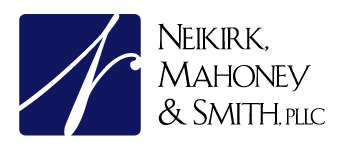
Most people file a tax return because they have to. Even if a taxpayer doesn’t have to file, there are times they should. They may be eligible for a tax refund and not know it.
Here are five tips on whether to file a tax return:
General Filing Rules. In most cases, income, filing status and age determine if a taxpayer must file a tax return. Other rules may apply if the taxpayer is self-employed or a dependent of another person. For example, if a taxpayer is single and under age 65, they must file if their income was at least $10,350. There are other instances when a taxpayer must file.
Tax Withheld or Paid. Did the taxpayer’s employer withhold federal income tax from their pay? Did the taxpayer make estimated tax payments? Did they overpay last year and have it applied to this year’s tax? If the answer is “yes” to any of these questions, they could be due a refund.
Earned Income Tax Credit. A taxpayer who worked and earned less than $53,505 last year could receive the EITC as a tax refund. They must qualify and may do so with or without a qualifying child. They may be eligible for up to $6,269.
Additional Child Tax Credit. Did the taxpayer have at least one child that qualifies for the Child Tax Credit? If they do not qualify for the full credit amount, they may be eligible for the Additional Child Tax Credit. Beginning in January 2017, by law, the IRS must hold refunds for any tax return claiming either the EITC or the Additional Child Tax Credit until Feb. 15.
American Opportunity Tax Credit. To claim the AOTC, the taxpayer, their spouse or their dependent must have been a student enrolled at least half time for one academic period to qualify. The credit is available for four years of post-secondary education. It can be worth up to $2,500 per eligible student.
Courtesy of IRS
For more information contact Neikirk, Mahoney and Smith at 502-896-2999















